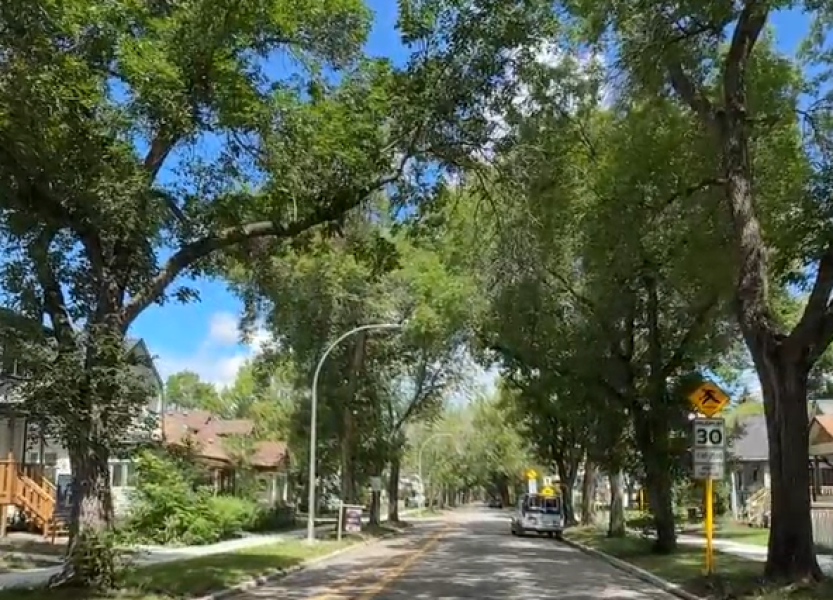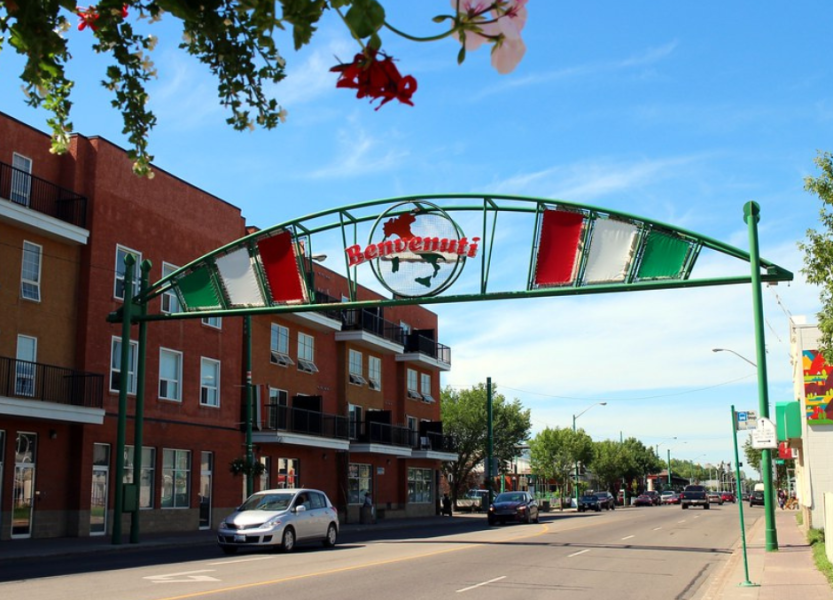Edmonton’s core neighbourhoods have been suffering due to widespread derelict properties in their communities. It is difficult to fully comprehend the severity of a problem property without attaching a measurable value.
The Edmonton Community Development Company (ECDC) took on an extensive study to evaluate the socio-economic impact of derelict and problem properties on stakeholders. By quantifying the effects associated with these properties, the hope is that it will shed light on the urgency of the issue and the consequences the city will face if it does not move forward with a stronger approach to tackling problem properties.
Abandoned and derelict properties are a host to drug activities, crime, and potential fires. This type of environment can cause a ripple effect by further straining the mental health of the residents within the area. In a community and public services committee meeting, community members spoke out to address their concerns to the city council. The testimonies of the residents uncover the years of trauma and hardships they are living through due to these derelict properties.
“We are beyond frustrated. We’ve got so much so much security cameras, it feels like we’re living in a prison as opposed to being able to live in our own home without worrying about gunshots or somebody hurting our animals.” – long time resident of Alberta Avenue
Community members bear the highest cost of problem properties. ECDC’s study identified three key stakeholders with direct involvement and investment in the analysis: the City of Edmonton, Alberta Health Services, and Neighbours/Neighbourhoods. While the residents’ fear, anxiety, stress, and depression are elements that are difficult to quantify, ECDC was able to approximate the financial impact of problem properties by selecting a sample of 31 problem properties over four years (2017-2020).
Problem properties create extraordinary demands on government services such as 311 calls, health and safety inspections, emergency services, and bylaw enforcements. According to the study, there was an exponential increase in fires, overdoses, and mental health crisis calls. ECDC collected data for the 31 problem properties based on the City of Edmonton and Police records. They assigned a financial value to the demands on services required to deal with a problem property based on the costs provided by the RISC (Residential Inspection Safety Compliance) team or by independent research using publicly available data. The result of the research shows that the financial impact of problem properties total over $6 million.
Interpreting the data was not a straightforward process as they had to use proxies to stand in for some values. For example, by using the hourly wages of a City of Edmonton staff person, the analysis doesn’t include the cost of administrative and physical plant support provided to this person. Hospital and ambulance data were also not available, and only health services inspections cost was included in the study. The negative effects on property values were limited to adjacent neighbours even though the surrounding houses also feel the impact. As a result, the costs are understated and lean on the conservative end of the approximation.
The analysis proves that the cost to communities and taxpayers is substantial. Problem properties are not only a threat to public safety, but they also contribute to the significant decline of a community. If no redevelopment occurs in these core neighbourhoods, residents will leave, further encouraging the prevalence of drug activities, social disorder, and crime.
With ECDC’s Project 10 initiative, their goal is to anchor investments in these neighbourhoods by demolishing derelict properties and building new homes for families. In 2018, the city identified 486 problem properties. The results of the study prove that immediate action is overdue, and if not addressed, the cost to the city and the residents is paramount. The ECDC is determined to contribute to revitalizing Edmonton’s core neighbourhoods by encouraging redevelopment in these areas and eliminating the burden associated with derelict properties.






